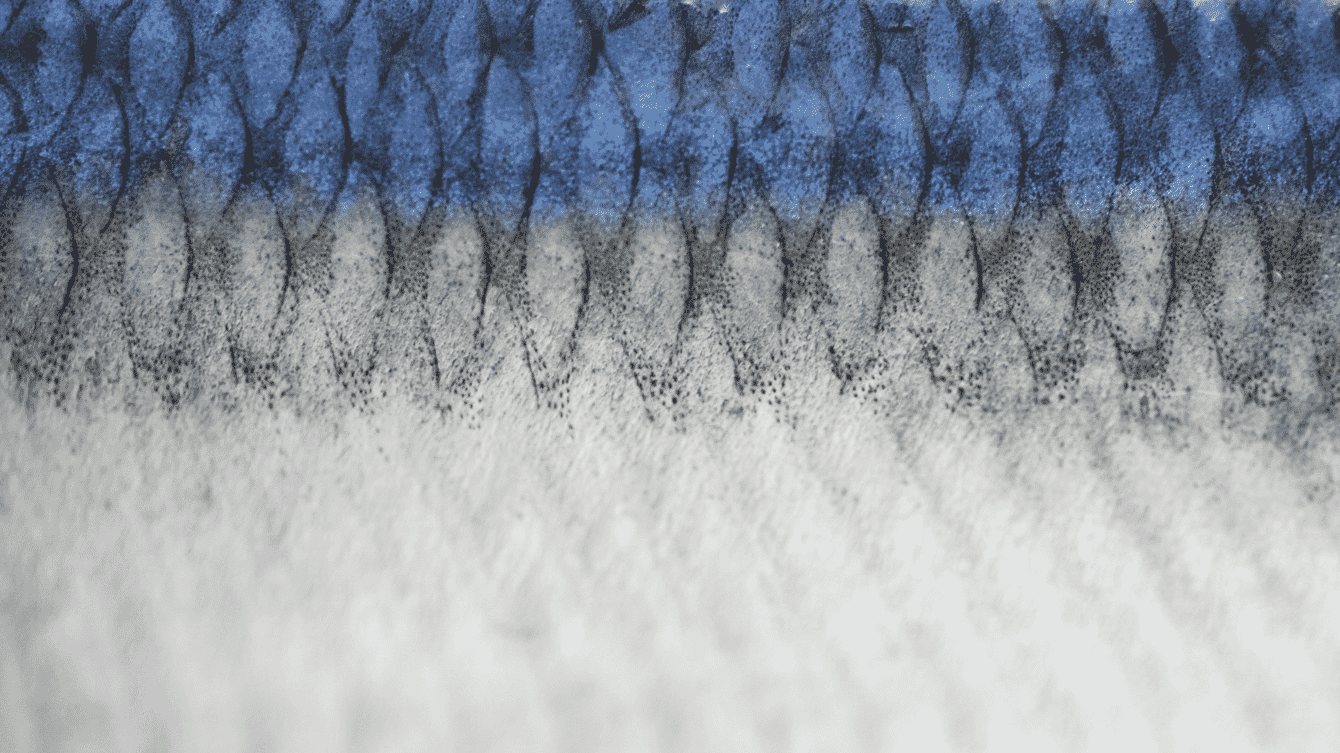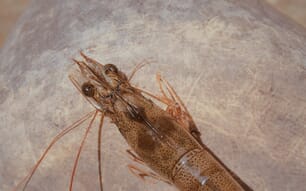
Most of the blue whiting caught in the Northeast Atlantic are rendered into fishmeal then used in salmon feeds © NAPA
Since 2015, the North East Atlantic coastal states have failed to reach an agreement on the sharing of the total allowable catch (TAC) for North East Atlantic blue whiting. Since this time, the combined individual quotas that have subsequently been set have significantly exceeded the ICES scientific advice – by 30 percent in 2021 and 47 percent in 2022.
However, the North Atlantic Pelagic Advocacy Group (NAPA), together with major seafood businesses and retailers, believe that there’s now a “golden opportunity” to manage the fishery in line with the advice.
As Napa explain in a press release: “For the last seven years the North Eastern Atlantic coastal states have exceeded the blue whiting catch limits that scientists have recommended. This is because the coastal states have failed to agree on how to share the catch between them. As a result, each Coastal State sets their own quota and collectively these exceed the scientific advice.
“In 2023 we have an opportunity to do things differently. The latest science shows that the blue whiting stock has increased following record levels of recruitment, and therefore, the total catch can be increased. The coastal states therefore have a choice. They can continue to fish as they have done since 2015, which will mean that they will exceed the new higher catch limit. Or, they could follow common sense and come to an agreement to ensure their collective catch aligns with the latest scientific advice.
“We have calculated that if each coastal state lowers their own quota by 23.2 percent, the sum of all quotas will reach 100 percent of scientific advice (rather than the 147 percent seen in 2022) - or to put it another way, to stop overfishing. Critically, because of the increase in the stock size, such a reduction would still actually result in an increase in catch for each coastal state of approximately 12 percent.”
Feed firms threaten to boycott blue whiting
Consultations on sharing arrangements for North East Atlantic blue whiting for 2023 took place in London at the beginning of this month. To coincide with this meeting, the three primary buyers of this fish, the feed manufacturers Cargill, Skretting, and Biomar, publicly called for the coastal states to seize the golden opportunity that the huge increase in the scientific advice offers; noting they were prepared to walk away from the fishery if mismanagement continued.
Today, this call for action is echoed by the salmon-producing sector, where blue whiting can be used in feed, and by their retail customers.
As Melissa Tillotson, senior aquaculture and fisheries manager at Waitrose, noted: “Our commitment to only source from well-managed fisheries applies equally to the marine ingredients in our aquaculture feed as it does to the fish on our customers’ plates: There are no exceptions. Thanks to record levels of recruitment, we are fortunate to be presented with a rare chance to safeguard the blue whiting stock from overfishing without making cuts to catches this year and secure an agreement to help the blue whiting fisheries re-establish their certified status. The last time there was an agreement on sustainable shares for blue whiting was 2015 – eight years ago! Our collective message to the coastal states is clear: do not to waste this golden opportunity.”




